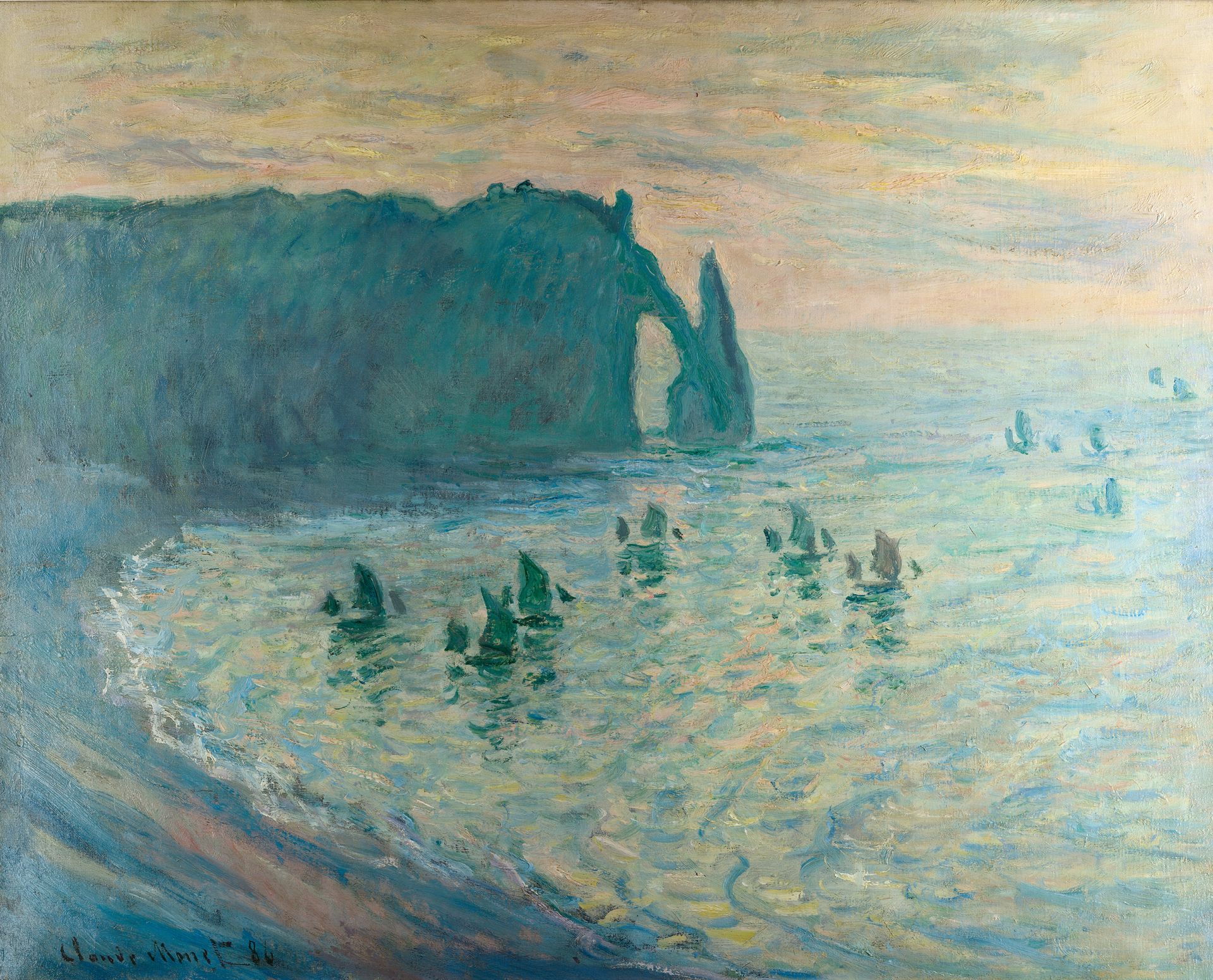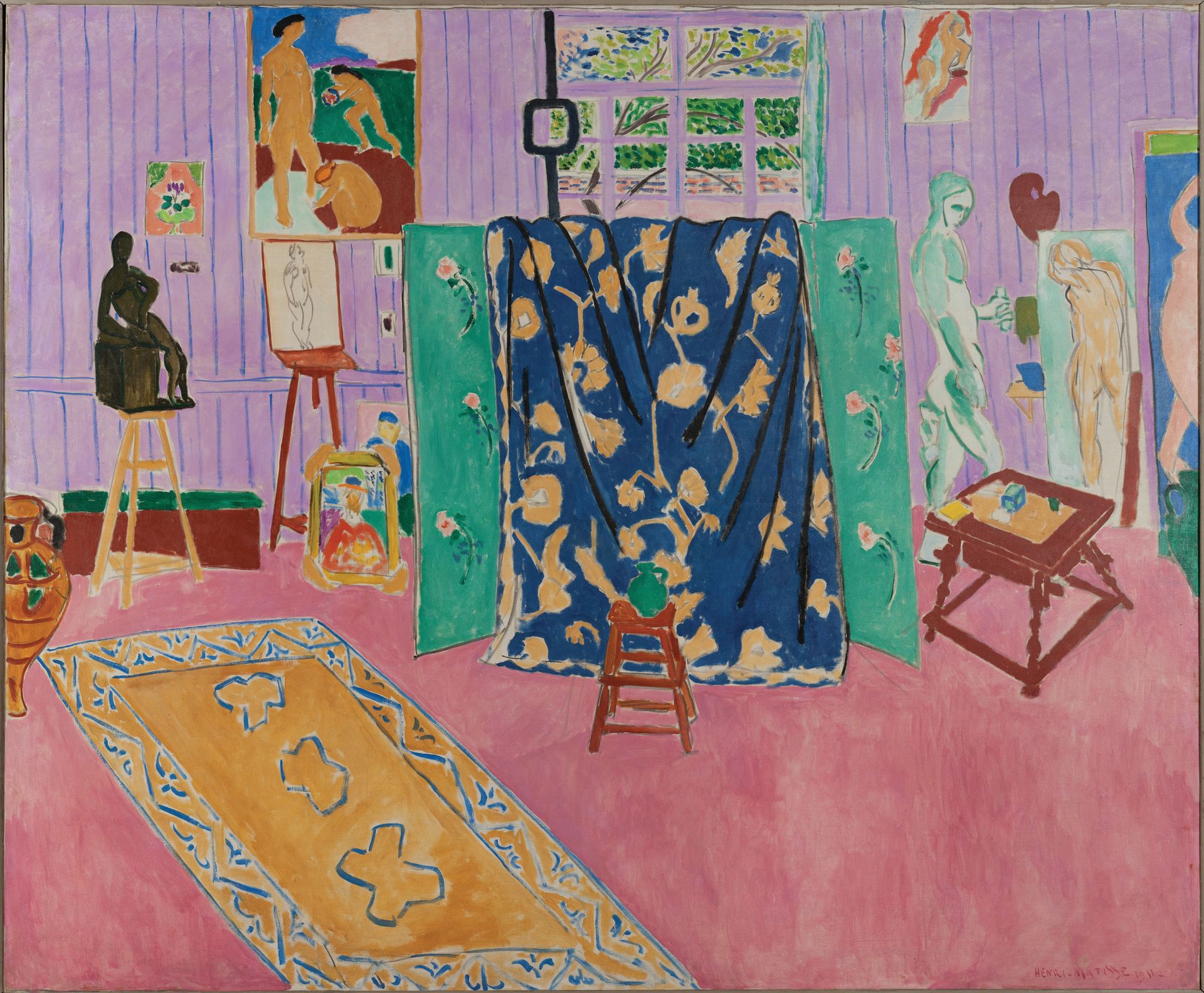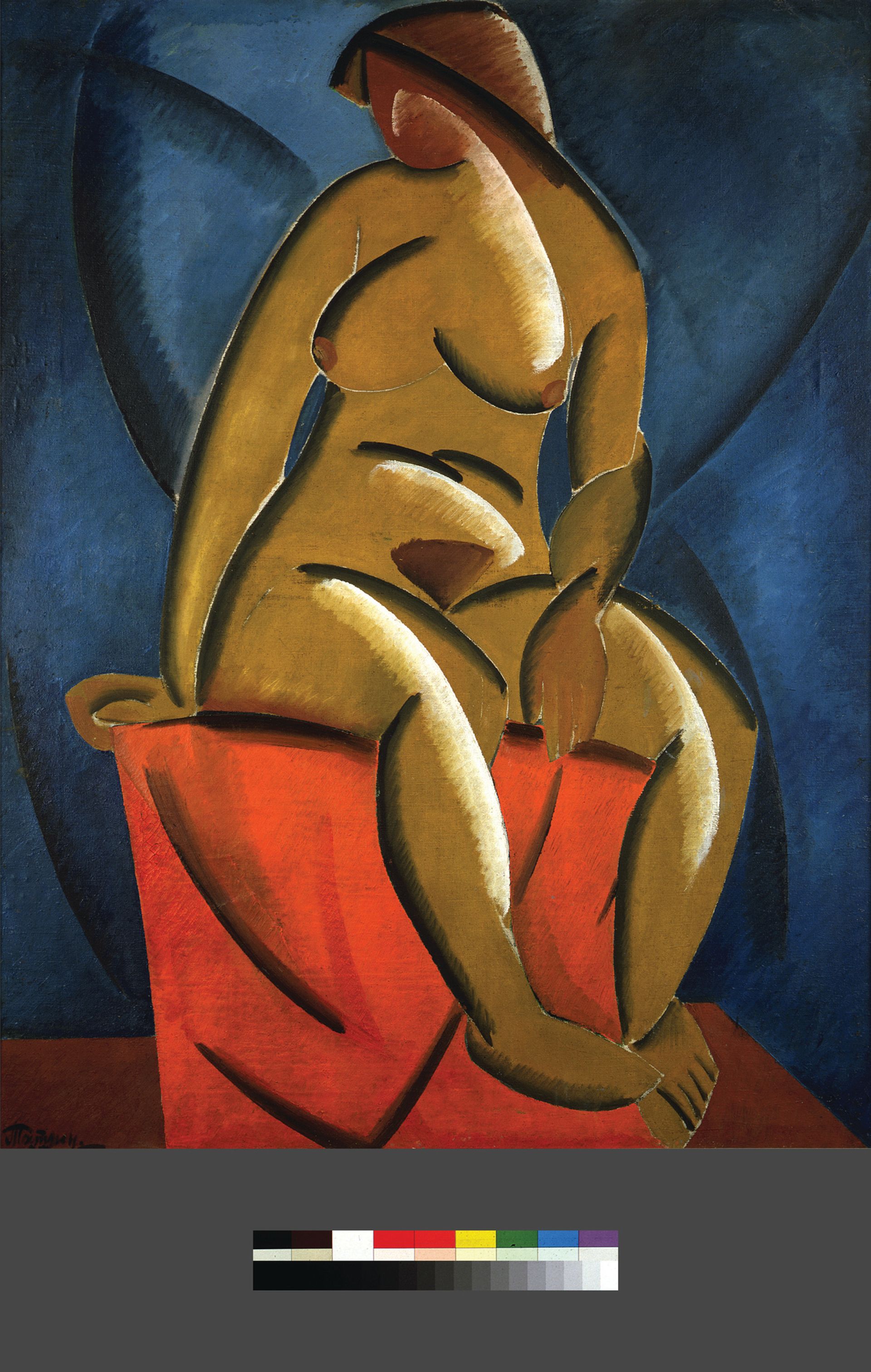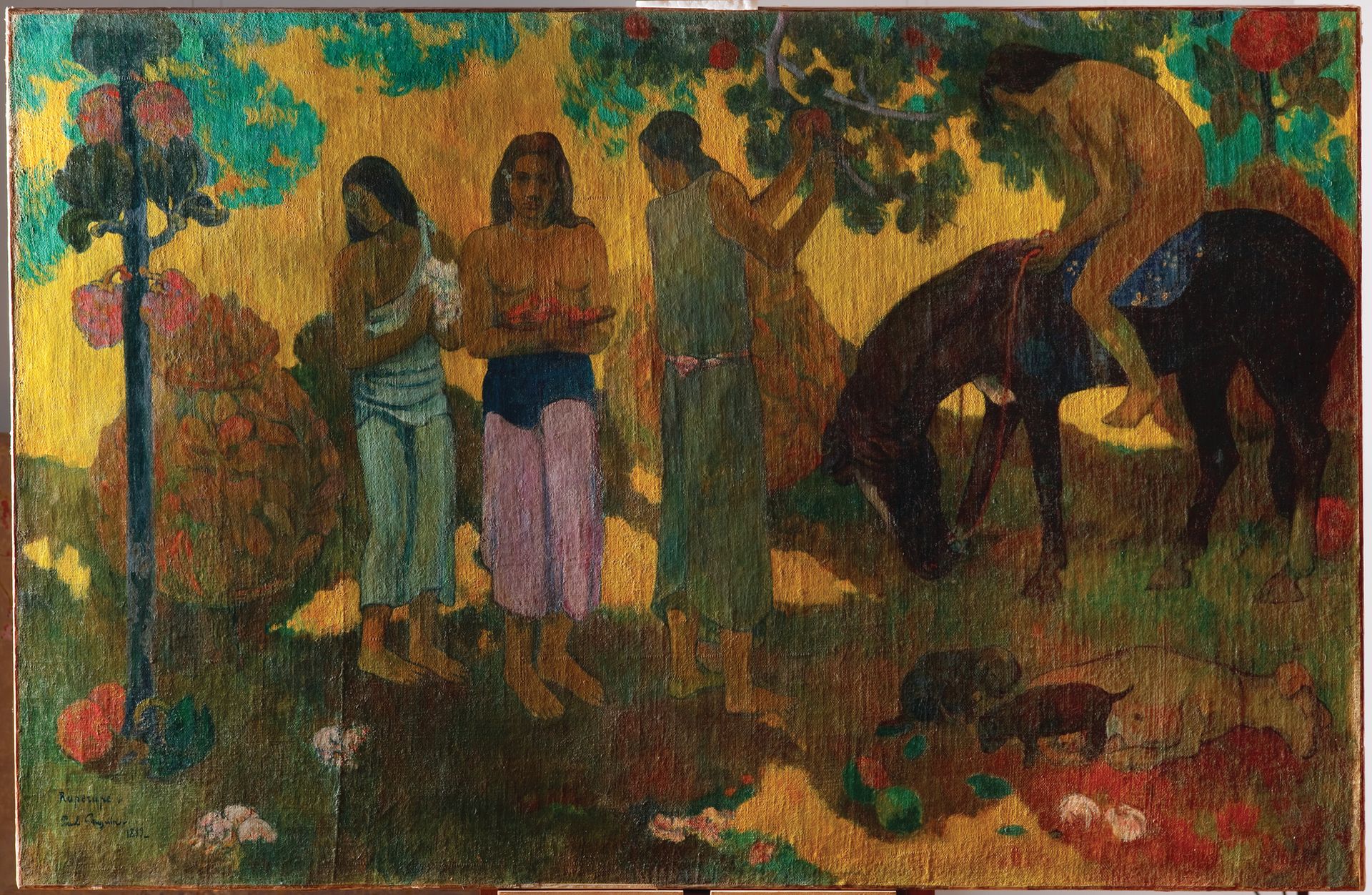More than 100 Modern masterworks from the collection of the Russian industrialist Sergei Shchukin arrive in the French capital this month for a landmark exhibition at the Fondation Louis Vuitton (22 October-20 February 2017). The shrewd businessman’s appetite for then-radical works by Paul Cézanne, Henri Matisse and Pablo Picasso rivalled that of the Stein family. On frequent trips to Paris between 1898 and 1914, Shchukin forged relationships with leading dealers and artists.
Icons of Modern Art: the Shchukin Collection reunites 130 of the 275 works that once lined the walls of Shchukin’s Moscow mansion, which he opened as a museum in 1908. Nationalised by the Bolsheviks in 1918, the collection was integrated into the State Museum of Modern Western Art, which Stalin shut down as “ideologically inadequate” in 1948. The works were subsequently divided between the State Hermitage Museum in St Petersburg and the Pushkin State Museum of Fine Arts in Moscow, where they languished in storerooms until the 1970s.
Paris to Moscow and back “All curators working on the Modern period dream about staging a Shchukin exhibition,” says Anne Baldassari, the former director of the Musée Picasso in Paris, who organised the show across all four floors of the Fondation Louis Vuitton. “It’s one of the great pioneering collections that has never received a comprehensive presentation,” she says.
The exhibition was made possible in part by “political will”, Baldassari says, following decades of contestation between Shchukin’s descendants and the Russian state. (Presidents François Hollande and Vladimir Putin were both expected to attend the opening, but Putin cancelled his trip to Paris after Hollande suggested Russia committed war crimes in Syria by supporting the bombing of Aleppo.)
A selection of works by Kazimir Malevich, Aleksandr Rodchenko and Vladimir Tatlin, among others, traces the collection’s impact on the emerging Russian avant-garde. Baldassari says: “Pictures often went from Picasso’s and Matisse’s studios to Moscow—no one had seen them in Paris. [This was] Modern art as it was happening, when the paint was still fresh.”
Highlights of the exhibition

Claude Monet’s Les Rochers à Étretat (1886) Monet was Shchukin’s “first great love as a collector”, says Anne Baldassari, who organised the Paris exhibition. Shchukin bought 13 of the artist’s works between 1897 and 1907 and displayed them in the music room of his mansion, the Troubetzkoy Palace in Moscow.

Henri Matisse’s L’Atelier rose (1911)
Shchukin was one of Matisse’s earliest and most supportive collectors, buying 38 works between 1906 and 1914. This canvas underwent intensive conservation at the Pushkin Museum in Moscow before its journey to Paris.

Vladimir Tatlin’s Nu (1913)
Tatlin was one of many Russian artists who drew inspiration from Shchukin’s collection. “That was where the principles of Suprematism and Constructivism were formed,” Baldassari says.

Pablo Picasso’s Trois femmes (1908)
Matisse introduced Shchukin to Picasso in 1908, the year he laboured over this large painting. The Russian bought it from his rival collectors, Leo and Gertrude Stein.

Paul Gauguin’s Rupe rupe (La Cueillette des fruits) (1899)
Shchukin admired Gauguin’s Tahitian paintings but hesitated to reveal his collection of 16 to the public. This canvas formed the centrepiece of a huge hang that evoked Russian Orthodox icon screens.

